Almond Tree Care: [Irrigation, Sun Exposure, Pruning and Fertilizing]
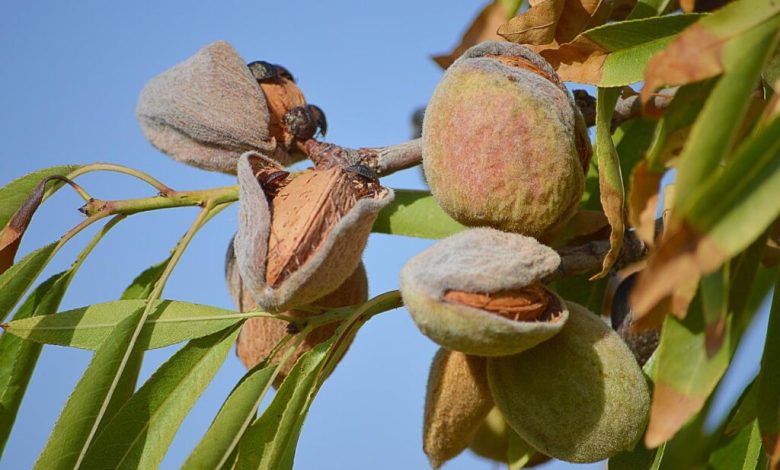
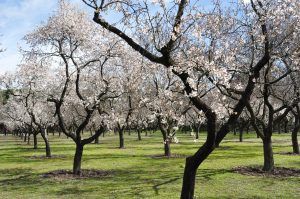 When planting an almond tree, what you want most is that everything goes perfectly during its development and that it achieves a fabulous harvest.
When planting an almond tree, what you want most is that everything goes perfectly during its development and that it achieves a fabulous harvest.
For this, it is necessary that you offer him the necessary care. Although you have the good news that it is hardly demanding.
But as being well informed increases the value when working with any species, here we want to focus today on everything that concerns this tree.
So if you already have the batteries well placed, the time has come to take action by reading and taking notes of what you need, does that sound good to you?
What care does an almond tree need?
The list of care that the almond tree needs is relatively short compared to other fruit trees. It is resistant to drought, but it is better to pay attention to this issue to avoid inconveniences. In any case, we will see it in detail later.
For it to thrive, it must be located in climates with a warm temperature and not very cold winters because frost is deadly. As it has large roots that need to expand, it is necessary to ensure that the soil is light and loose, preferably sandy.
One last care to consider in this first part is that it is kept free of pests and diseases because these can cause its death.
How is an almond tree watered?
The most profitable method to obtain highly productive almond trees of considerable quality is a drip irrigation system.
Studies have established that almond trees are capable of reaching maximum productivity just by enjoying proper irrigation. It is possible to establish an average of up to 3,500 kg of seeds per hectare of land when the average irrigation occupies 3,000 cubic meters of water.
And although it seems illogical due to the temperature system it occupies, spring is the time of greatest attention that must be established to optimize the crop.
The reason? It is at this time that the most important processes of the tree take place, such as vegetative development, flowering and fruit set, just to mention a few.
How much should you water almond trees?
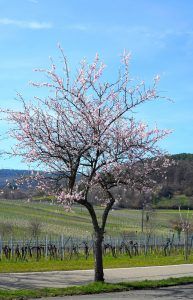 The irrigation of almond trees is based on a series of considerations that are developed according to environmental conditions.
The irrigation of almond trees is based on a series of considerations that are developed according to environmental conditions.
In the first instance, it must be considered that if abundant and sufficient rains are generated to keep the trees hydrated, it will not be necessary to irrigate.
The period of highest watering demand is spring, where they may need to be adjusted to one watering every other day.
Afterwards, irrigation should continue during the summer days and stop 4 or 5 days before starting the harvest to avoid problems with the crops. When this process passes, the irrigations must be restarted conscientiously, including the autumn season.
This is closely related to obtaining abundant flowering in the next cycle.
How many hours of sun does an almond tree need?
Almond trees are large in structure, so they are constantly exposed to the sun throughout their lives. And this is a condition that does them a lot of good because it is a plant that develops better in warm climates.
That does not mean that it can thrive in environments with a tropical climate because it also needs cold. During this cold season, the almond tree is able to break the dormancy of the buds.
Of course, it is not an extremely low temperature either because a frost could cause severe damage to its structure.
How to care for a potted almond tree?
Although in its natural form the almond tree is large, it also offers the opportunity to have it in a pot and keep it in a small space at home. In this case, it must be taken into account that it must enjoy conditions similar to those it has access to in its natural environment.
Within these conditions we have:
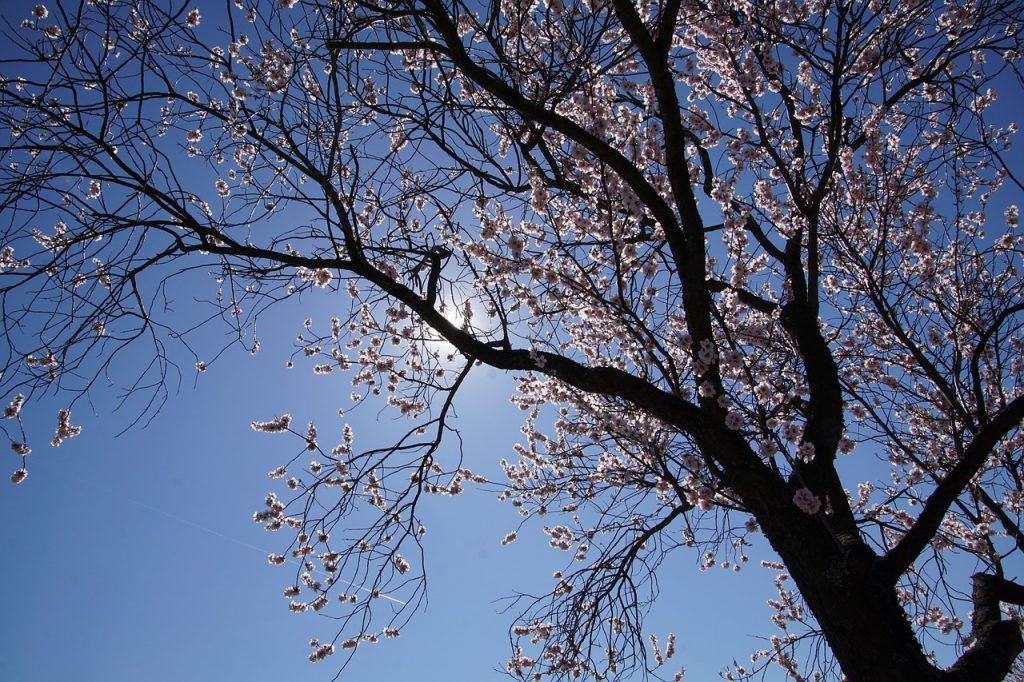
- Enjoy a temperate climate, where there is a warm season and a cold season in which it can go into vegetative rest.
- Have access to direct sunlight most of the day. You have to be very careful that this requirement is met because it is not negotiable.
- Ensure an efficient irrigation system, preferably simulating dripping (it can be with a watering can). The good news is that it can tolerate a short dry spell, just in case you ever forget.
- Control the humidity that is present in the environment because it can give rise to the appearance of pests or diseases.
- Apply regular pruning (approximately every 5 years) to ensure that it remains productive for longer. The favorable season for this is during the winter rest.
What fertilizer can be given to an almond tree?
The nutritional needs of the almond tree will be closely linked to the conditions of the land in which it develops. In general, the almond tree needs macronutrients (nitrogen, phosphorus and potassium) and micronutrients (mainly calcium, magnesium and zinc).
So, the strategy to take is to carry out an evaluation of the land and determine what nutritional deficit it has to compensate for it. With this information, all you have to do is go to an agricultural products store and buy the corresponding fertilizer to apply.
If it is not possible to work with this system, which is the most accurate, the best strategy is to take advantage of organic fertilizers. These fertilizers will have to be applied at the beginning of spring, which is when their demands are greatest, and continue during the summer period.
In the autumn and winter months it is not necessary to pay because the requirements must already be covered. Having an almond tree is not only enjoying a noble tree that will fill you with fruit, but also falling in love with its spectacular flowering.
Its care is small when compared to the number of benefits it offers, so do not forget to keep them all in mind to facilitate compliance. At the end of the day, it all comes down to watering, sun exposure, fertilizing, pruning, and seasonal variation.
Bibliographic references
- Almond cultivation, FJ Riera, JF Lamich, JS Calafell – 1965 – 181.176.223.4
- Tests of patterns for the cultivation of almond trees in irrigation, A Felipe, J Herrero Catalina – 1977 – digital.csic.es
- Almond cultivation, LA Iannamico – 2015 – repository.inta.gob.ar
- High – density almond cultivation, XM i Prim, LT Pomar, IB Caravaca… – Revista de…, 2016 – dialnet.unirioja.es
- The almond tree. Practical cultivation guide, P LÓPEZ FUSTER, M PEÑA DE LA FUENTE – 2019 – books.google.com
- Long-term agronomic response of almond cultivation subjected to two deficit irrigation strategies, S Gutiérrez-Gordillo, VH Durán-Zuazo … – … June 4-6, 2019, 2019 – dehesa.unex.es
- USE OF SOIL AND PLANT SENSORS FOR IRRIGATION MANAGEMENT IN ALMOND CROPS, PJ Blaya Ros, V Blanco Montoya, R Torres Sánchez … – researchgate.net
- Deficit irrigation as a sustainable strategy for the production of almond trees (» Prunus dulcis » Mill.» cv». Guara) in Western Andalusia, IFG Tejero, A Hernández, MI Contreras … – Agrícola vergel…, 2017 – dialnet.unirioja.es
Maybe you are also interested in:
- 10 Types and Varieties of the Most Famous Almond Trees
- How to Fertilize Almendro: [Dates, Compounds and How to Prepare It]
- Almond Tree Cuttings: [Concept, Period, Rooting and Planting]
- Almond Pests and Diseases: [List and How to Fight Them]
- Prune almond trees: [Importance, Time, Considerations and Steps]
- Properties of Almonds: [A Very Powerful Food]
- Almond Harvesting: [Harvest, Collection and Drying]

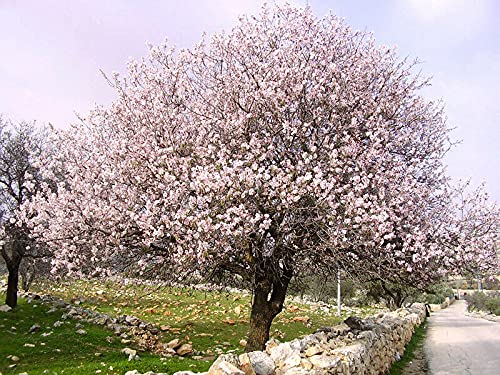
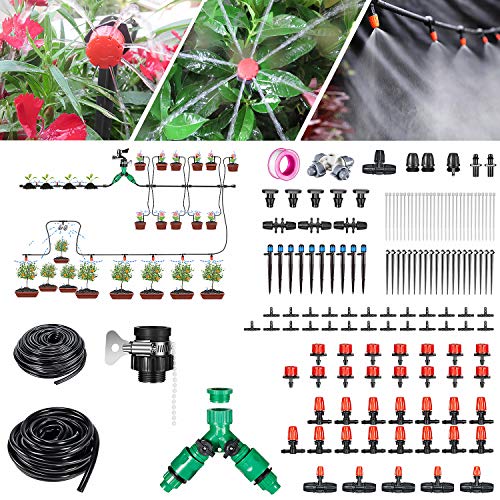
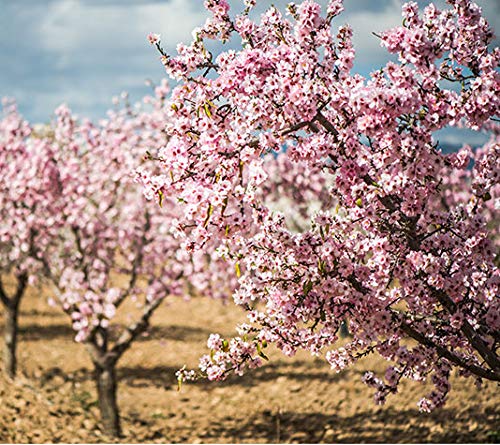
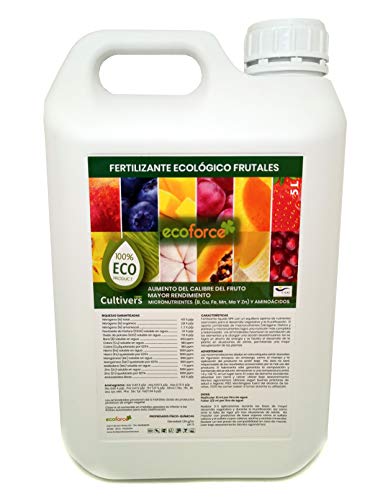
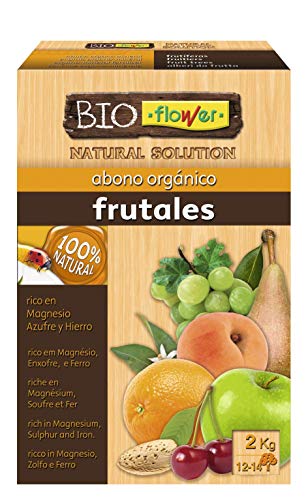

![Photo of How to Plant Spinach: Basic Guide [Step by Step + Images]](https://www.complete-gardening.com/wp-content/uploads/2022/08/how-to-plant-spinach-basic-guide-step-by-step-images-390x220.jpg)
![Photo of How to Plant Oleanders in your Garden: [Step by Step + Complete Guide]](https://www.complete-gardening.com/wp-content/uploads/2022/08/how-to-plant-oleanders-in-your-garden-step-by-step-complete-guide-390x220.jpg)
![Photo of Turnips: [Planting, Care, Irrigation, Substrate, Pests and Diseases]](https://www.complete-gardening.com/wp-content/uploads/2022/08/turnips-planting-care-irrigation-substrate-pests-and-diseases-390x220.jpg)